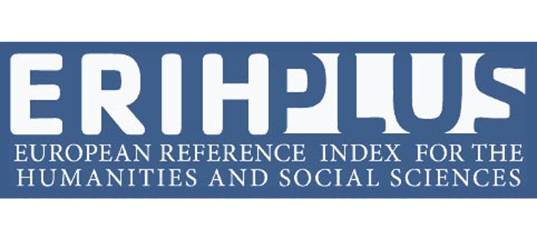Statistical model to associate variables for determining the degree of linear dependence
Abstract
In recent years the flow of migration has increased exponentially, this could generate conflicts in the countries that host migrants, which is why through this research work and through a database obtained from the National Statistics Institute and Censuses (INEC) about the entry and exit of migrants from this country, a sample of one million people was considered, this analysis seeks to determine the percentage of foreigners entering Ecuador and also the most frequent countries of origin of For this, a statistical analysis is implemented by implementing contingency tables and the chi-square test, carried out in the programming language R. This work showed that 32.2% of migrants entering the country are foreigners, also that the Countries with the highest recurrence of migrants leaving to this country are: Venezuela, Colombia, United States, and Peru. In addition, it was found that these migrations are related to factors such as tourism and residence. In conclusion, in this work, it was possible to verify that the contingency tables are still a good statistical instrument to determine the dependence that may exist between two determined variables.
Downloads
Metrics
References
Cevallos-Torres, L., & Botto-Tobar, M. (2019). Case study: Logistical behavior in the use of urban transport using the monte carlo simulation method. In Problem-Based Learning: A Didactic Strategy in the Teaching of System Simulation (pp. 97–110). Springer.
Cevallos Torres, L. J., MARTINEZ, V., AMERICA, N., & BARROS MORALES, R. L. (2017). Análisis Estadístico Univariado. grupo Compás-Universidad de Guayaquil.
Guevara Santana, D. J. (2017). Analisis de la aplicacion de politicas para retorno de migrantes en el Ecuador, Periodo 2012-2015. UNIVERSIDAD DE GUAYAQUIL.
Manzano, V. (2014). Chi cuadrado de pearson para dos variables nominales.
Nievas, F. (2015). Informe de Gestión.
Nievas, F. (2016). Pruebas de Chi Cuadrado para una sola muestra.
Parra Vera, S. R. (2016). ANÁLISIS DE LA MIGRACIÓN EN LA COMUNIDAD ANDINA Y SUS MOTIVACIONES ECONÓMICAS. Universidad de Guayaquil.
Ruiz-Ruano, A. M., & Puga, J. L. (2016). R COMO ENTORNO PARA EL ANÁLISIS ESTADÍSTICO EN EVALUACIÓN PSICOLÓGICA. Papeles del Psicólogo, 37(1), 74–79.
Vásquez-De Kartzow, R., Castillo-Durán, C., & Lera M., L. (2015). Migraciones en países de América Latina. Características de la población pediátrica. Revista Chilena de Pediatría, 86(5), 325–330. https://doi.org/10.1016/j.rchipe.2015.07.007
PDF (Español (España)) 272 HTML (Español (España)) 65
Authors maintain the rights to the articles and are therefore free to share, copy, distribute, execute, and publicly communicate the work on their personal websites or in institutional deposits, after its publication in this journal, as long as they provide bibliographic information that certifies its publication in this journal.
The works are under one https://creativecommons.org/licenses/by-nc-nd/4.0/




























